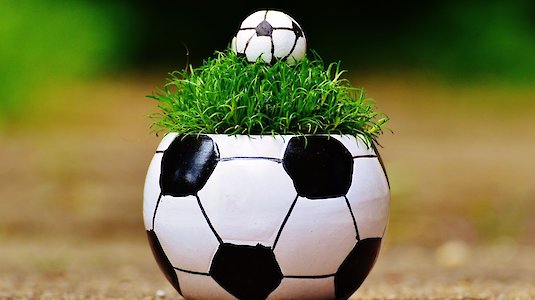Sustainable sports
Sport is good for the health and often a great community experience. Sport can connect people across borders. So, how can it be organized even better and more sustainably?
From the access to the sports center to the purchase of the jerseys to the design of sports festivals: Big and small sports clubs have a lot of leeway if they want to make their club activities sustainable. The criteria of the Austrian eco-label for green events can also be a good orientation here and offer many good ideas on how to make sporty community activities and events even more environmentally friendly.
How sustainable your club already is, you can easily test with a small questionnaire of the Ministry of Sport. At www.nachhaltiger-sport.at sports clubs throughout Austria can check their club activities for sustainability for free.
Data security is taken care of: All information is only for the self-assessment of the association, and are stored only locally. After completion of the test, the information of the clubs of the Ministry of Sport and the Federal Environment Agency (which has put together the website) are neither viewed or used.
Proper green space management, sustainable mobility and waste prevention
Improvements are always possible. Some examples:
- Many outdoor sports facilities can be made closer to nature. Meadows, trees and hedges should be maintained, but not to a "green scenery" advise.
- Athletes, trainers and officials want to get to their training and competition sites regularly, often several times a week. It makes sense to think about sustainable mobility, such as carpooling.
- Where waste is unavoidable, it should be separated and recycled.
Sustainable sport also means that we pay attention to stress limits. The load limits of our athletes, but also our environment and conservation interests - be it at major sporting events or the construction or renovation of sports facilities.
